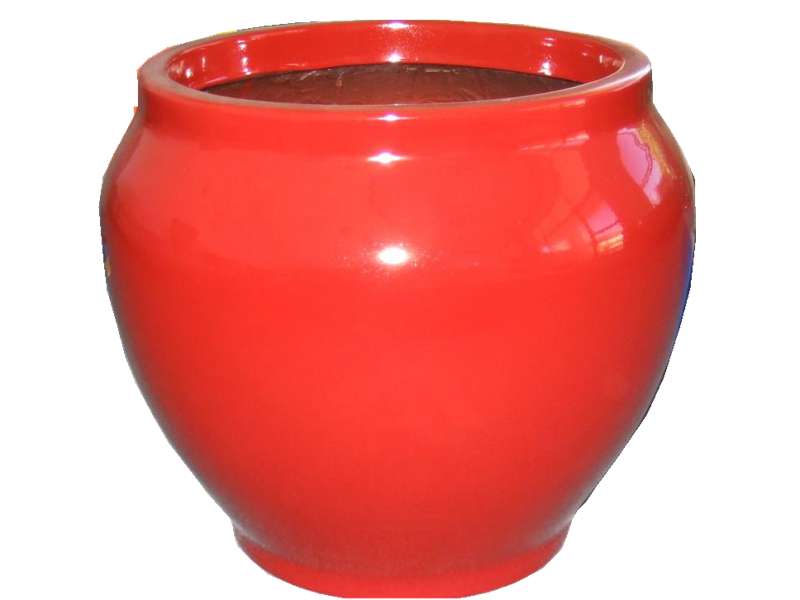
-
 Afrikaans
Afrikaans -
 Albanian
Albanian -
 Amharic
Amharic -
 Arabic
Arabic -
 Armenian
Armenian -
 Azerbaijani
Azerbaijani -
 Basque
Basque -
 Belarusian
Belarusian -
 Bengali
Bengali -
 Bosnian
Bosnian -
 Bulgarian
Bulgarian -
 Catalan
Catalan -
 Cebuano
Cebuano -
 China
China -
 China (Taiwan)
China (Taiwan) -
 Corsican
Corsican -
 Croatian
Croatian -
 Czech
Czech -
 Danish
Danish -
 Dutch
Dutch -
 English
English -
 Esperanto
Esperanto -
 Estonian
Estonian -
 Finnish
Finnish -
 French
French -
 Frisian
Frisian -
 Galician
Galician -
 Georgian
Georgian -
 German
German -
 Greek
Greek -
 Gujarati
Gujarati -
 Haitian Creole
Haitian Creole -
 hausa
hausa -
 hawaiian
hawaiian -
 Hebrew
Hebrew -
 Hindi
Hindi -
 Miao
Miao -
 Hungarian
Hungarian -
 Icelandic
Icelandic -
 igbo
igbo -
 Indonesian
Indonesian -
 irish
irish -
 Italian
Italian -
 Japanese
Japanese -
 Javanese
Javanese -
 Kannada
Kannada -
 kazakh
kazakh -
 Khmer
Khmer -
 Rwandese
Rwandese -
 Korean
Korean -
 Kurdish
Kurdish -
 Kyrgyz
Kyrgyz -
 Lao
Lao -
 Latin
Latin -
 Latvian
Latvian -
 Lithuanian
Lithuanian -
 Luxembourgish
Luxembourgish -
 Macedonian
Macedonian -
 Malgashi
Malgashi -
 Malay
Malay -
 Malayalam
Malayalam -
 Maltese
Maltese -
 Maori
Maori -
 Marathi
Marathi -
 Mongolian
Mongolian -
 Myanmar
Myanmar -
 Nepali
Nepali -
 Norwegian
Norwegian -
 Norwegian
Norwegian -
 Occitan
Occitan -
 Pashto
Pashto -
 Persian
Persian -
 Polish
Polish -
 Portuguese
Portuguese -
 Punjabi
Punjabi -
 Romanian
Romanian -
 Russian
Russian -
 Samoan
Samoan -
 Scottish Gaelic
Scottish Gaelic -
 Serbian
Serbian -
 Sesotho
Sesotho -
 Shona
Shona -
 Sindhi
Sindhi -
 Sinhala
Sinhala -
 Slovak
Slovak -
 Slovenian
Slovenian -
 Somali
Somali -
 Spanish
Spanish -
 Sundanese
Sundanese -
 Swahili
Swahili -
 Swedish
Swedish -
 Tagalog
Tagalog -
 Tajik
Tajik -
 Tamil
Tamil -
 Tatar
Tatar -
 Telugu
Telugu -
 Thai
Thai -
 Turkish
Turkish -
 Turkmen
Turkmen -
 Ukrainian
Ukrainian -
 Urdu
Urdu -
 Uighur
Uighur -
 Uzbek
Uzbek -
 Vietnamese
Vietnamese -
 Welsh
Welsh -
 Bantu
Bantu -
 Yiddish
Yiddish -
 Yoruba
Yoruba -
 Zulu
Zulu
Durable and Lightweight Corrosion-Resistant FRP Solutions for Various Applications
Corrosion Resistant FRP The Future of Durable Materials
In the realm of modern construction and manufacturing, the quest for materials that offer longevity, durability, and resistance to environmental factors has become more crucial than ever. Among the revolutionary materials leading the way in this domain are corrosion-resistant fiber-reinforced plastics (FRP). This article explores the properties, benefits, and applications of FRP, emphasizing its significance in combating the pervasive issue of corrosion.
Understanding FRP A Blend of Strength and Versatility
Fiber-reinforced plastics are composite materials made of a polymer matrix reinforced with fibers, typically carbon, glass, or aramid. The inherent strength of these fibers, combined with the lightweight nature of plastics, creates a material that possesses high tensile strength and excellent corrosion resistance. This quality is particularly vital in industries where materials are often subjected to harsh environments, chemicals, and moisture, all of which can lead to detrimental effects such as rust, decay, and structural failure.
The Science Behind Corrosion Resistance
Corrosion is an electrochemical process that leads to the deterioration of materials, especially metals. When exposed to water, oxygen, and various environmental pollutants, metals undergo oxidation, resulting in weakened structures. In contrast, FRP does not rust; it remains unaffected by moisture and most chemicals, providing a significant advantage over traditional materials like steel and aluminum. The polymer matrix in FRP acts as a barrier, preventing corrosive elements from reaching the reinforcing fibers.
Moreover, advancements in resin formulations and fiber technologies have enhanced the corrosion resistance of FRP. Manufacturers can tailor the properties of FRP to suit specific environmental challenges, ensuring maximum performance in diverse applications. This adaptability makes FRP a preferred choice for projects demanding high durability and resistance to corrosive agents.
Applications Across Industries
corrosion resistant frp

The versatility of corrosion-resistant FRP has made it a valuable material in various sectors, including construction, marine, transportation, and energy. In the construction industry, FRP is used for structural components, bridges, and façade elements. Its lightweight nature reduces the overall load on structures while providing the necessary strength and durability. Furthermore, FRP can be molded into complex shapes, allowing for innovative architectural designs that would be challenging to achieve with traditional materials.
In marine applications, FRP is widely employed for boat hulls, dock components, and other marine structures. Its proven resistance to saltwater, constant exposure to UV radiation, and other harsh environmental conditions makes it an ideal choice for maritime construction. Similarly, in the energy sector, FRP is increasingly used in wind turbine blades and components for offshore platforms due to its lightweight and corrosion-resistant properties.
The transportation industry also benefits from the use of FRP. Lightweight FRP components in vehicles can improve fuel efficiency by reducing overall weight while maintaining strength, leading to enhanced performance and reduced emissions. Additionally, FRP’s resistance to corrosion ensures a longer lifespan for automotive and aerospace components.
Sustainability Considerations
As the world becomes more aware of environmental issues, the sustainability of materials used in construction and manufacturing has come under increasing scrutiny. FRP offers an advantage in this regard as well. Many FRP products can be manufactured using recyclable materials, and the longevity of these materials reduces the need for frequent replacements, thereby minimizing waste.
In addition, FRP's durability translates to lower maintenance costs and reduced carbon footprints over the lifecycle of the material. This aspect is increasingly appealing to industries striving to comply with stringent environmental regulations and sustainability goals.
Conclusion
Corrosion-resistant fiber-reinforced plastics are transforming the landscape of material science, offering unmatched durability, versatility, and sustainability. As industries continue to recognize the importance of long-lasting materials that withstand the test of time and elements, FRP stands out as a beacon of innovation. Its applications span across numerous sectors, confirming its status as an essential material for the future. The continual advancements in FRP technology promise to further enhance its capabilities, making it a cornerstone material for modern engineering challenges.









